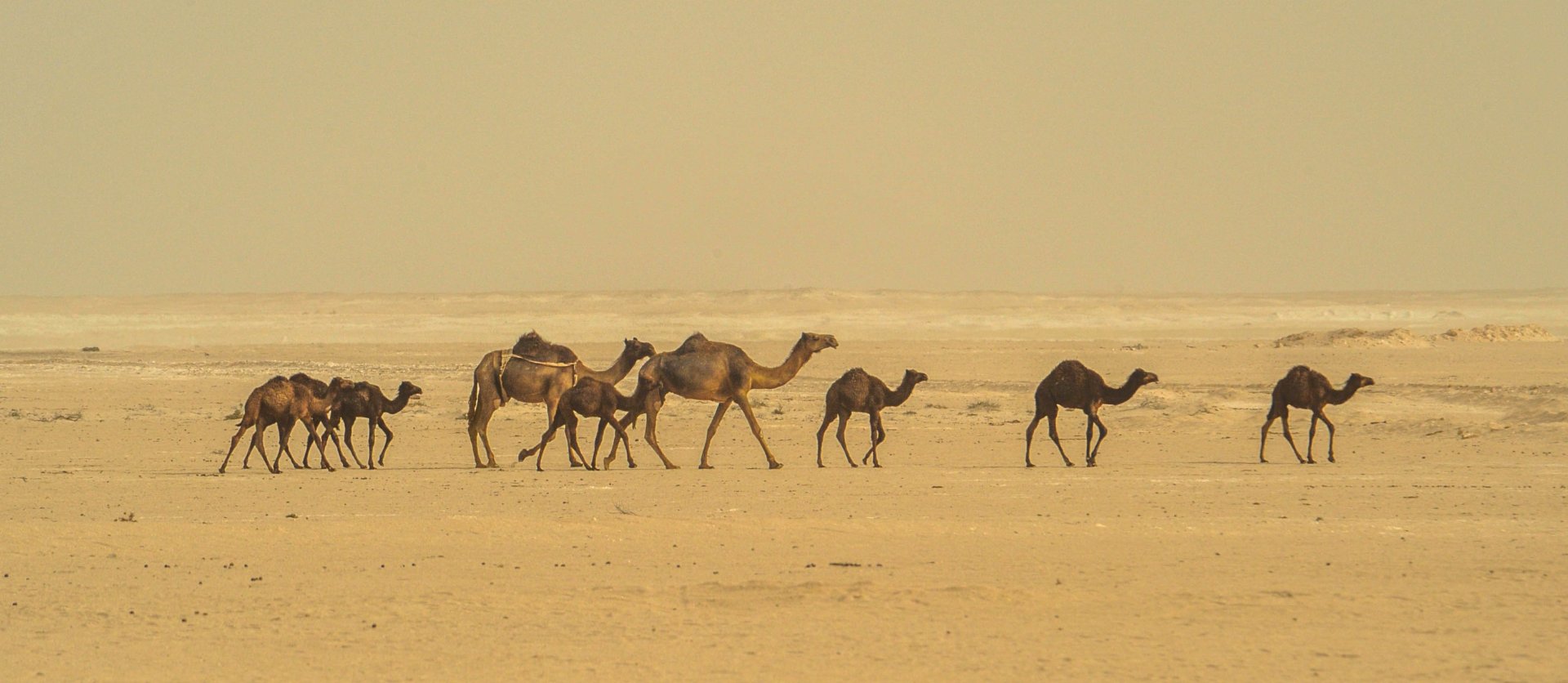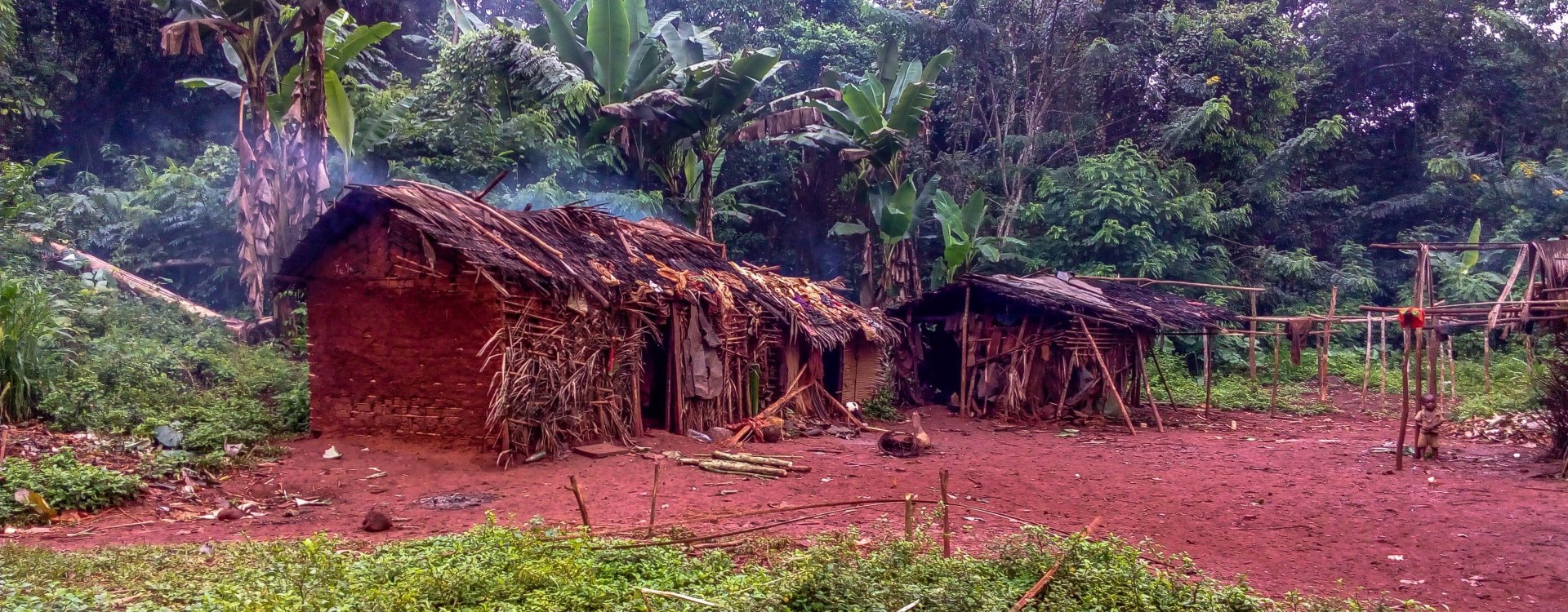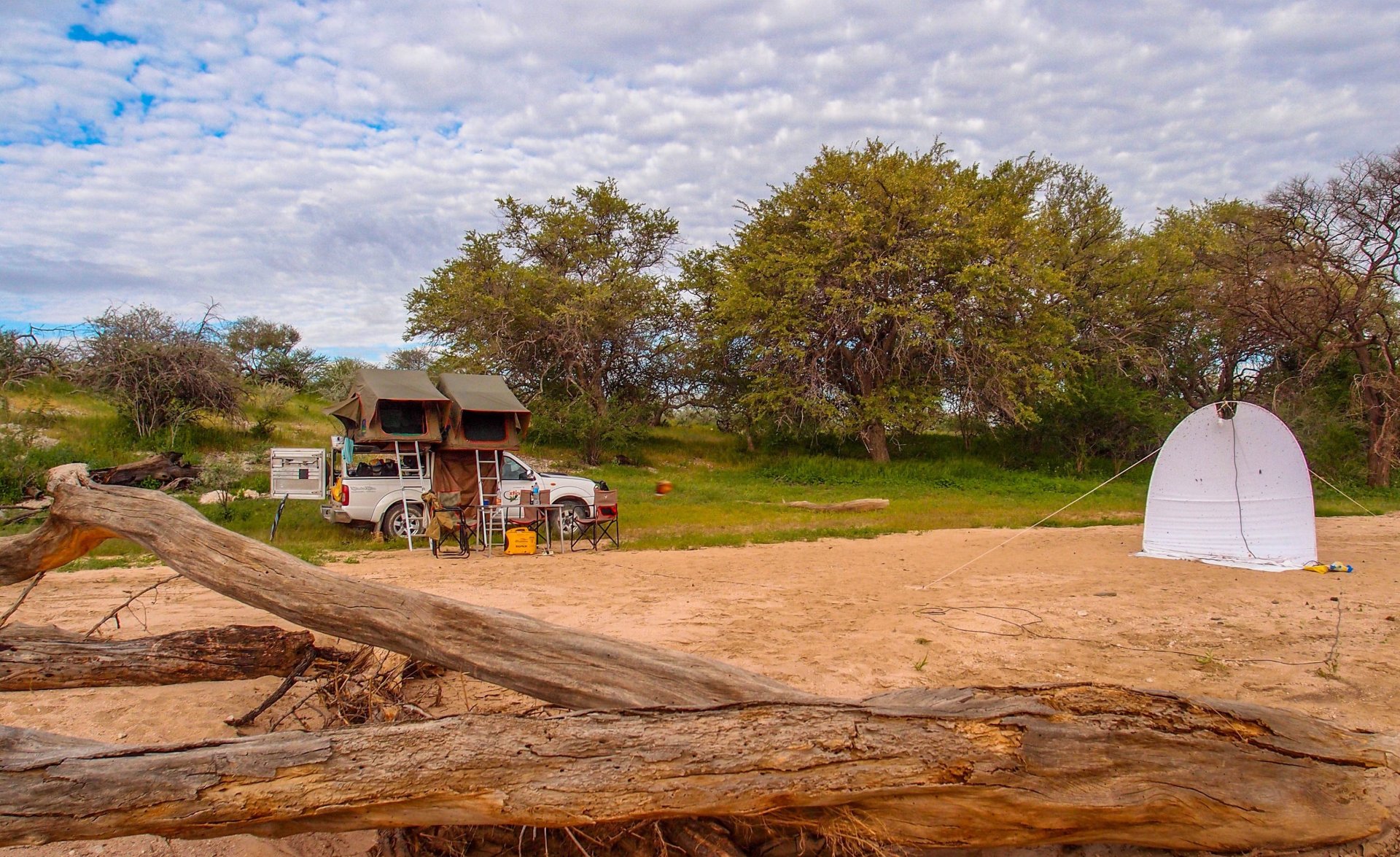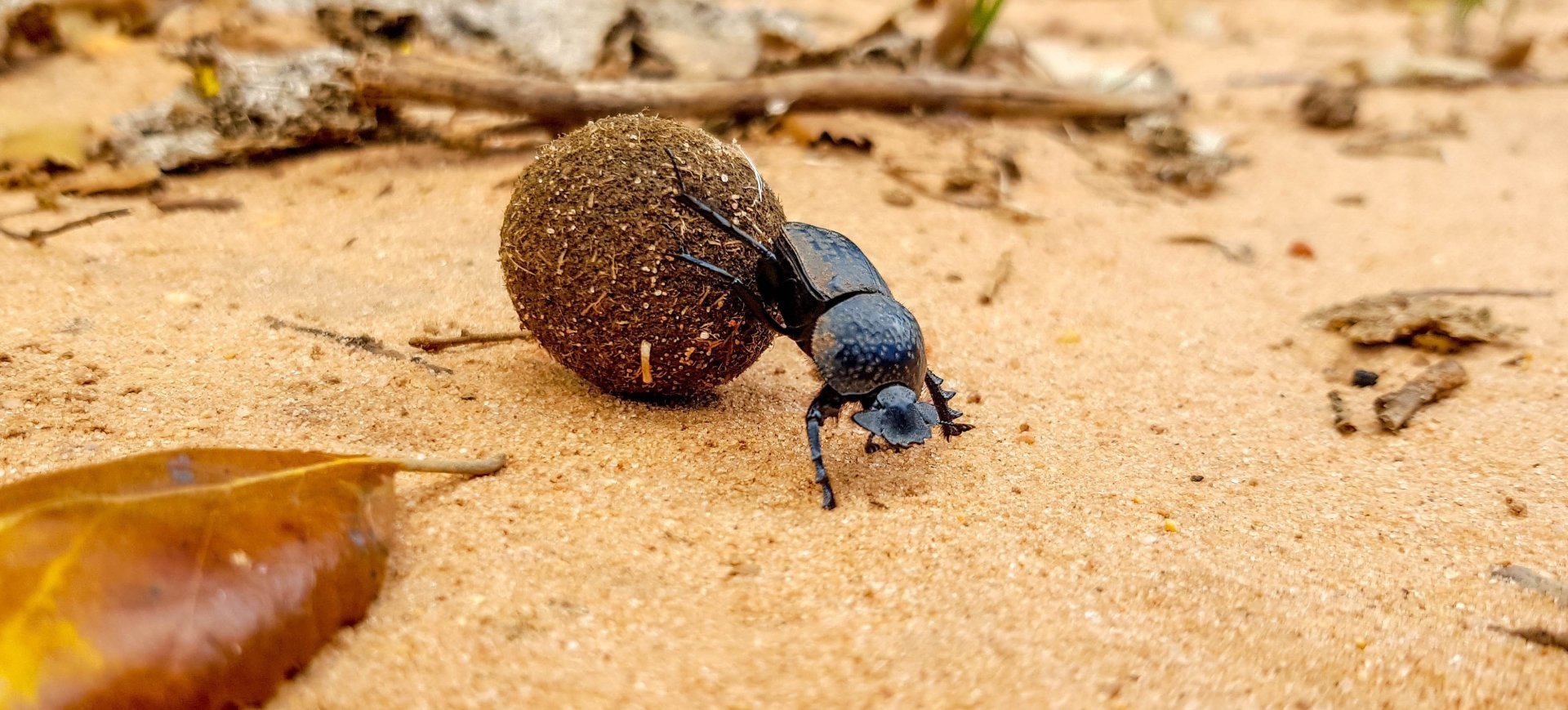







![]() Information: Anthracocentrus rugiceps is a spectacular and widely distributed species, with a range extending from India through Pakistan and south-eastern Iran (Villiers, 1967) west to southern Iran. This species shows high variability in body size and marked sexual dimorphism, with males having conspicuous mandibles.
Information: Anthracocentrus rugiceps is a spectacular and widely distributed species, with a range extending from India through Pakistan and south-eastern Iran (Villiers, 1967) west to southern Iran. This species shows high variability in body size and marked sexual dimorphism, with males having conspicuous mandibles.
The species prefers dry and warm semi-desert areas with saline soil where old, massive and dying Acacia trees grow. Individuals hide under the loose bark of Acaci, in crevices and various shelters, even high up in trees. Females have so far only been found in shelters on the ground.
Body length: 45 - 110 mm
Peak activity: March - August
![]() Remarks: Several males were attracted to light traps.
Remarks: Several males were attracted to light traps.
![]() Distribution: Iran, India, Pakistan
Distribution: Iran, India, Pakistan
Zoogeographic region: Palearctic
![]() Taxonomic classification:
Taxonomic classification:
![]()
![]() Material examined (& observation):
Material examined (& observation):
Iran ![]()
Hormozgān province
Bandar Abbas county
Ḩasan Langī-ye Bālā village env. (حسن لنگي بالا)
(GPS) ![]()
Altitude 150 m a.s.l. | 25.5.2014
![]() Our observation period: May ~ Jun
Our observation period: May ~ Jun![]() Sampling Methods: Attracted to light trap
Sampling Methods: Attracted to light trap ![]()
![]()
 Iran (Islamic Republic of)
Iran (Islamic Republic of)Longhorn beetles (Cerambycidae) of the West Palaearctic region
Coleoptera Cerambycidae Prioninae Anthracocentrus rugiceps
Prioninae of the world (Jiří Pirk) - photos of the type material
Prioninae of the world
The World of Prioninae (Norbert Delahaye)
Coleoptera Cerambycidae Prioninae Anthracocentrus rugiceps
![]() Notes sur le genre Anthracocentrus en Afrique; Bouyer 2023.pdf
Notes sur le genre Anthracocentrus en Afrique; Bouyer 2023.pdf